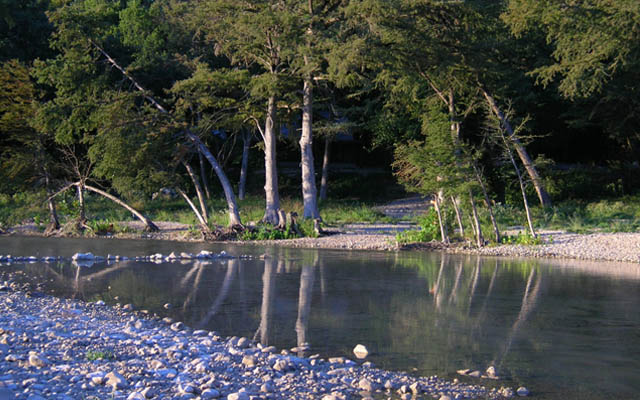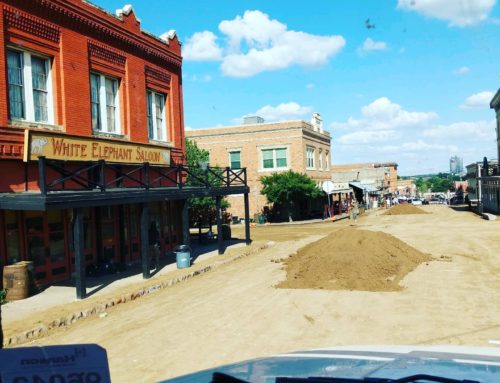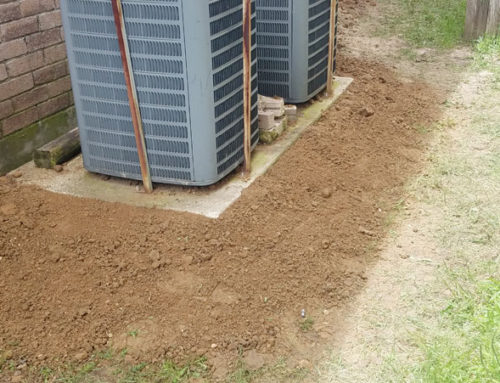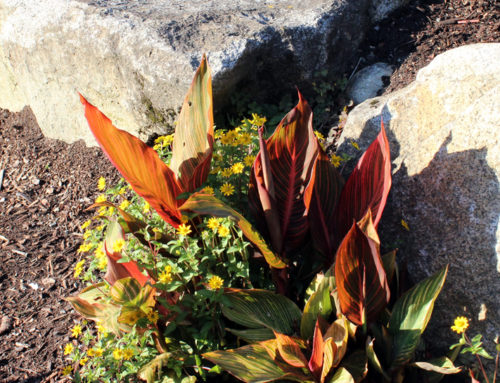Quality outdoor spaces can add great curb appeal and value to your home. They can also be a nice relaxing place for you to enjoy after a long day. Either way, using pea gravel is an easy way to add great looking paths, patios, or driveways to your space.
What is Pea Gravel?
It’s made up of small stones generally found near bodies of water where natural weathering has given them a satisfying smooth texture. Sizes generally range from ⅛ – ⅜ inch, about the size of a pea, and come in natural brown, grey.
What are the benefits of using Pea Gravel?
It’s natural appearance is one of the most popular features, while it’s permeability and versatility make it an excellent choice for a simple mud-free garden path, a neat garden edge, or an inexpensive driveway. Pea gravel has good drainage and allows water to soak right through to the ground which can help to prevent erosion. It is also very flexible to use, easily filling any area delimited by landscape edging with little fuss.
What is it used for?
Pea Gravel can cover driveways or paths, or fill in space between stone pavers. It also works as mulch material around containers or garden plants, suppressing weed growth,and retaining moisture, but not decomposing the way organic mulch does.
How Much Does Pea Gravel Cost?
Pea Gravel is relatively inexpensive in comparison to other materials, especially since it lends itself to simple do-it-yourself installation. Cost generally ranges from $220 to $365 for 200 square feet of coverage.
How do you install Pea Gravel?
Start by working the soil to about 6 inches, being sure to remove any weeds. Next add a layer of about 2 inches of coarsely textured base rock/ crushed rock; This will act as a stabilizer for the loose textured pea gravel, and help keep the surface firm. Lastly, cover it all with a 3 inch layer of pea gravel.
Things to Keep in Mind.
- Edging. Pea Gravel has a tendency to travel so you will want to make sure that whatever area you fill has good edging to keep the stones in place.
- Stabilizing. Since pea gravel is a loose material, it shifts a bit underfoot. To counteract that tendency, try putting a honeycomb stabilization layer in before filling the space with gravel.
- Maintenance. Pea gravel is fairly low maintenance and usually only needs to be raked occasionally to keep its surface evened out.






